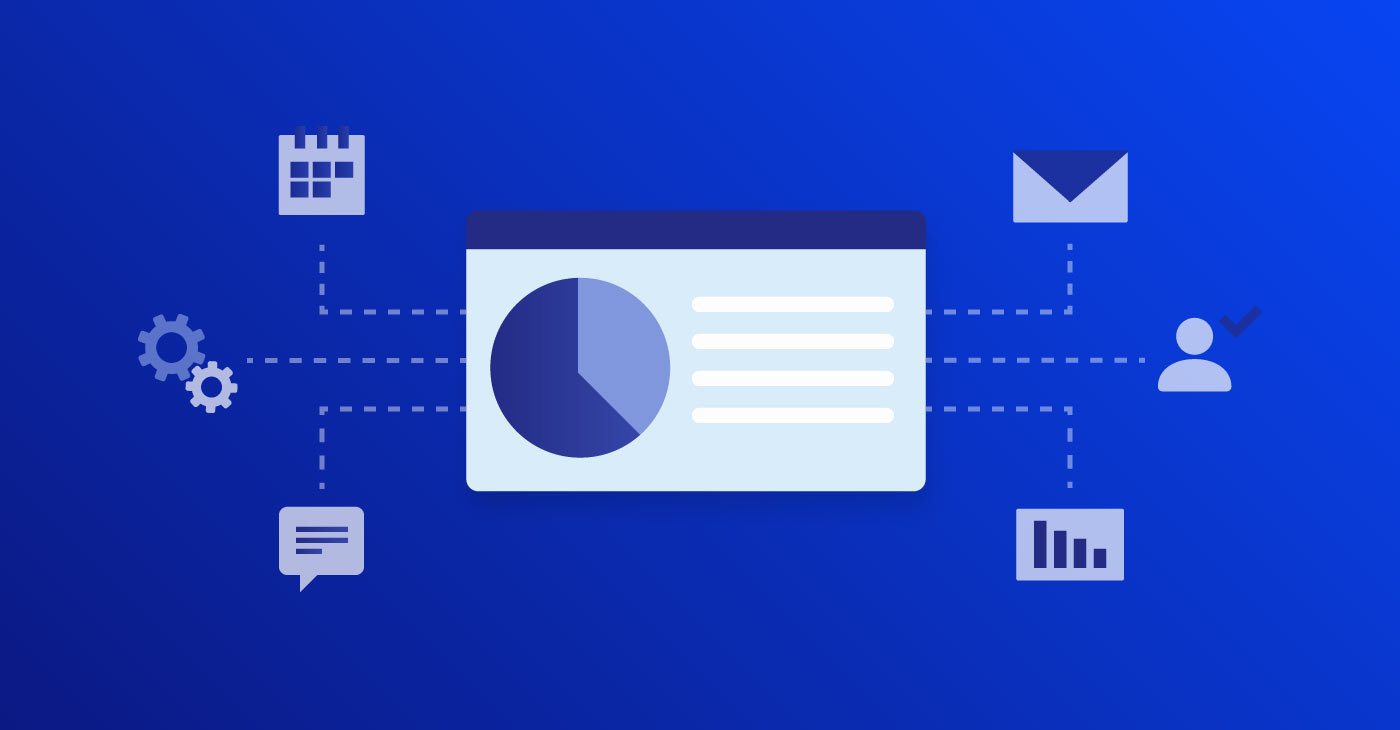If you’ve been on social media, you’ll see that graduations and vacations are the key celebration points this month right. It’s summer and it’s officially time to check out for the next three months. At least, that’s the attitude your customers have. You and I, however, are still in the in the belly of the ship, rowing away to the beat of the marketing drum.
Summer gives us a chance to escape as well – at least from the marketing monotony we’ve endured the last few months. Summer is the perfect playground to experiment with new ideas. To generate some new ideas, have a pow-wow session or use some of the more left wing ideas that your team came up with in the past which might have been too alternative. What’s something really fund and different? Are there any other mediums you can use? How about a video campaign or an editorial spread that’s filled with images and inspiration?
Whatever you decide, don’t let it be an infographic. Infographics take a lot of time to plan out and design. Further, no one is interested in data during the summer. If it absolutely has to be an infographic, then keep it visual heavy and content light. Keep it simple and easy to digest in 30 seconds.
If you’re trying out a new email campaign strategy, keep in mind that your click, open and conversion rates won’t be quite as high as expected. After all, we agreed that most people have already checked out. So don’t be discouraged by poor returns because the first month or two back from the holidays will give you a better sense of how people feel about the campaign strategy shift.
If the marketing overlords are demanding more immediate answers to keep in mind with their yearly goals, remind them that email marketing is a long game. You’ll factor in results with the overall yearly achievement toward the end of the year, but you can’t properly plan for next year unless you have a good data sample from the time and energy you invested into a new campaign.
Your summer campaign shift is more than just about data. It’s also about your ability to plan and execute a new strategy. You’ll have a phase for developing a new idea or two and then you’re sort of reinventing the wheel (or at least modifying your processes) to carry out the idea. This serves as an important learning curve.
As your try out new campaign strategies, you’ll be seeing if something took more time than usual or factored in a higher cost. Were there unforeseen glitches and how likely is that to impact the overall process? Even once you’ve sorted all that out, you need another campaign cycle to try again now that things are smoothed out.
So you see, this is most certainly a process. Email campaigns are finely crafted machines – and not lumps of rock that you catapult out to your audience in hope that it hits something. There’s a design, an engineering and a delivery that need to be taking into consideration.









